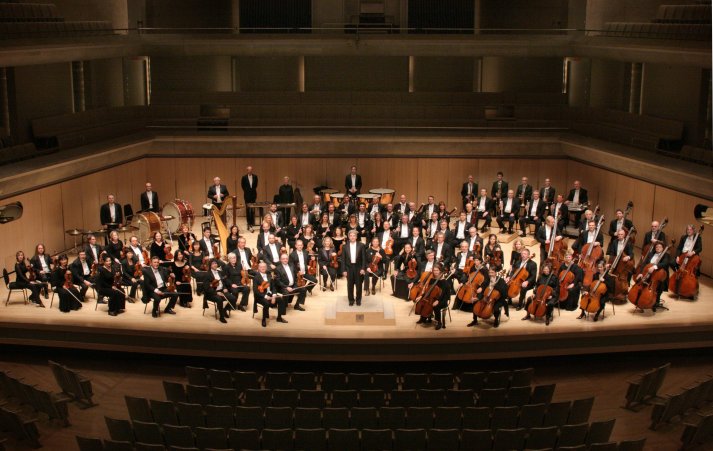
Earlier this month, the journal Psychology of Music published online the results of a survey of 377 Australian orchestra musicians that showed half of them to be in physical pain while playing their instruments.
- Classical Music 101: What Does A Conductor Do? - June 17, 2019
- Classical Music 101 | What Does Period Instrument Mean? - May 6, 2019
- CLASSICAL MUSIC 101 | What Does It Mean To Be In Tune? - April 23, 2019
Walk through the back corridors of a sports club or a dance company, and you’ll find a small battalion of therapists ready to help the athletes and dancers cope with the wear and tear on their bodies.
After all, it’s not just a single performance but a person’s whole livelihood and sense of self that are wrapped up in that body — and a mutilated tendon.
But despite recent progress in making students more aware of their bodies and how to maintain them, the majority of classical musicians still prefer to keep their ailments secret, living in fear that once word is out, their careers will come to an abrupt end.
The Toronto Symphony Orchestra and Tafelmusik kick off their seasons next week. If the Australian study can be extrapolated (it should, given the sample size, but the respondents self-selected, which means that these were people predisposed to candour), it means that tonight, on the stage of Roy Thomson Hall, or tomorrow at Koerner Hall, one out of every two people we see neatly dressed in black dresses or white tie are going to be in distress.
The thing is, the bodily damage is unavoidable: the crazy angles at which violinists and violists have to hold their instruments and bows, or the way a cellist or bass player — or pianist — hunches over their instrument, will take an inevitable toll on the spine, the shoulders and elbows.
There are wrists and fingers to worry about. And singers have it the worst, their instruments being tied to every passing fleck of pollen, cold bacterium, drop of lactose, a good night’s sleep and, well, the list is nearly infinite.
The Australian researchers — Dianna Kenny and Bronwen Ackermann, based at the University of Sidney — found that nearly a quarter of their respondents said the pain was constant. Worse yet, this particular study showed that the traditional prescriptions for improved body health — exercise and yoga — seemed to have little effect on the problem.
This is something that baseball and football and soccer players as well as dancers already know. Which is why they have specialists on staff to help deal with each individual injury.
It’s probably time that the classical world realised this, too.
Yes, there are excellent physiotherapists in Toronto and environs who specialize in musicians’ problems, but it is up to each individual artist to decide how to approach the problem, rather than there being institutional open doors at their workplace. And that doesn’t even begin to raise the other issues freelance musicians face, because many of these people don’t have supplemental medical insurance.
There’s an interesting side story associated with the Australian study, which suggests a strong link between performance anxiety and the perception of pain. It’s something I’d like to explore more, and would be happy to receive any insights and anecdotes about this (email suchacritic (at) gmail).
You can find out a little bit more about the Australian study here.
John Terauds
- Classical Music 101: What Does A Conductor Do? - June 17, 2019
- Classical Music 101 | What Does Period Instrument Mean? - May 6, 2019
- CLASSICAL MUSIC 101 | What Does It Mean To Be In Tune? - April 23, 2019



